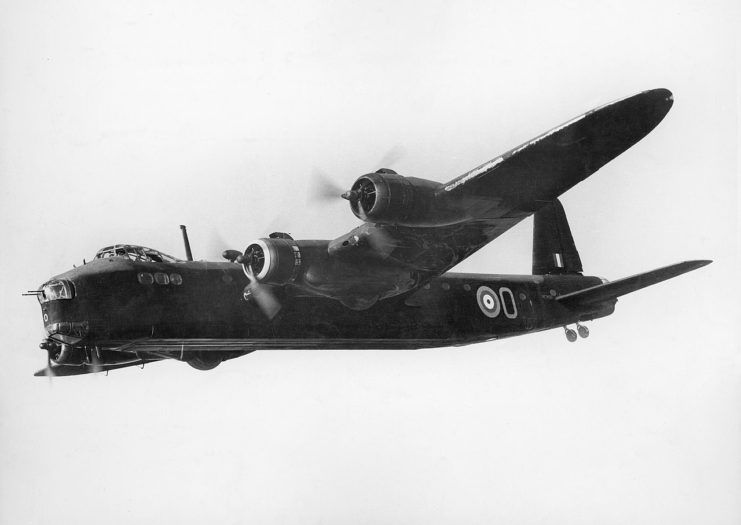Human remains found in the wreckage of a British WWII-era Short Stirling bomber will hopefully be identified using dental records according to the leader of the team that recovered both the wreckage and the remains of the deceased.
The British Short Stirling bomber BK716 crashed into Lake Markermeer near Amsterdam, the Netherlands, while returning from a bombing mission in 1943. The plane was shot down by German ace Werner Rapp. None of the crew members survived the crash.
The wreckage was found by the Royal Netherlands Sea Rescue team when they were helping a boat with engine trouble. They noticed a rusty piece of landing gear in the lake and notified Johan Graas. Graas is a volunteer who investigates crash sites in the Netherlands and founded the Aircraft Recovery Group. His team found an aluminium plate with a serial number.

For a long time, it was thought that the wreckage belonged to another British bomber, BK710. Subsequent analysis proved that it was actually BK716 that had been found. Artifacts recovered from the site correspond with BK716 such as a lighter with the initials JMC that is believed to have belonged to John Michael Campbell who was part of the BK716 crew that night.
The team recovered all four engines from the plane, the landing gears and a substantial amount of the fuselage. Most importantly, Graas said, they recovered human remains.
A specialist unit from the Royal Netherlands army will inspect the remains to determine how many men died and attempt to identify them. The remains will be buried in a Commonwealth War Graves Commission cemetery in the Netherlands due to a British policy of burying their war dead in the country where they died.
The Dutch government paid 100% of the cost of the retrieval of the Stirling bomber. This is a relatively new policy for the government. Previously they paid 70% of the cost and left the remainder to the local government. But many local governments could not raise the necessary money to fund the retrievals and so many deceased soldiers remained where they died without receiving proper burials. The BK716 was in such a situation until the Dutch government made the policy change. There are an estimated 30 such aircraft in the Netherlands to be recovered.
The cost of the operation came to approximately one million euros.
Richard Shrubsall, son of gunner Sgt. Leonard Shrubsall, was excited about the news. His mother was three months pregnant with him when she received the telegram that her husband did not return from his mission.

Mr. Shrubsall and his wife hope to attend the commemoration event planned for March. At the event, a monument to the crew of Stirling BK716 will be unveiled.
The parts from the plane were spread over an area of 75 square meters. The silt in that area was dredged and anything over 8mm in size was examined to see if it belonged to the plane.
The recovery effort was completed in October 2020 but not without its own controversy. Many were angered by the intent to use a “grabber” crane to pull the wreckage from the lake bed. They compared such a device to the arcade game where a crane is used to grab onto teddy bears.
Another Article From Us: Renowned Soldier May Come Home: Government Agrees To DNA Testing
The Netherlands defense ministry defended the use of the equipment saying that it was a “precision digger” and not comparable to a grabber. They also stated that using the digger would enable them to search a much larger area in the lake than any other tool.
